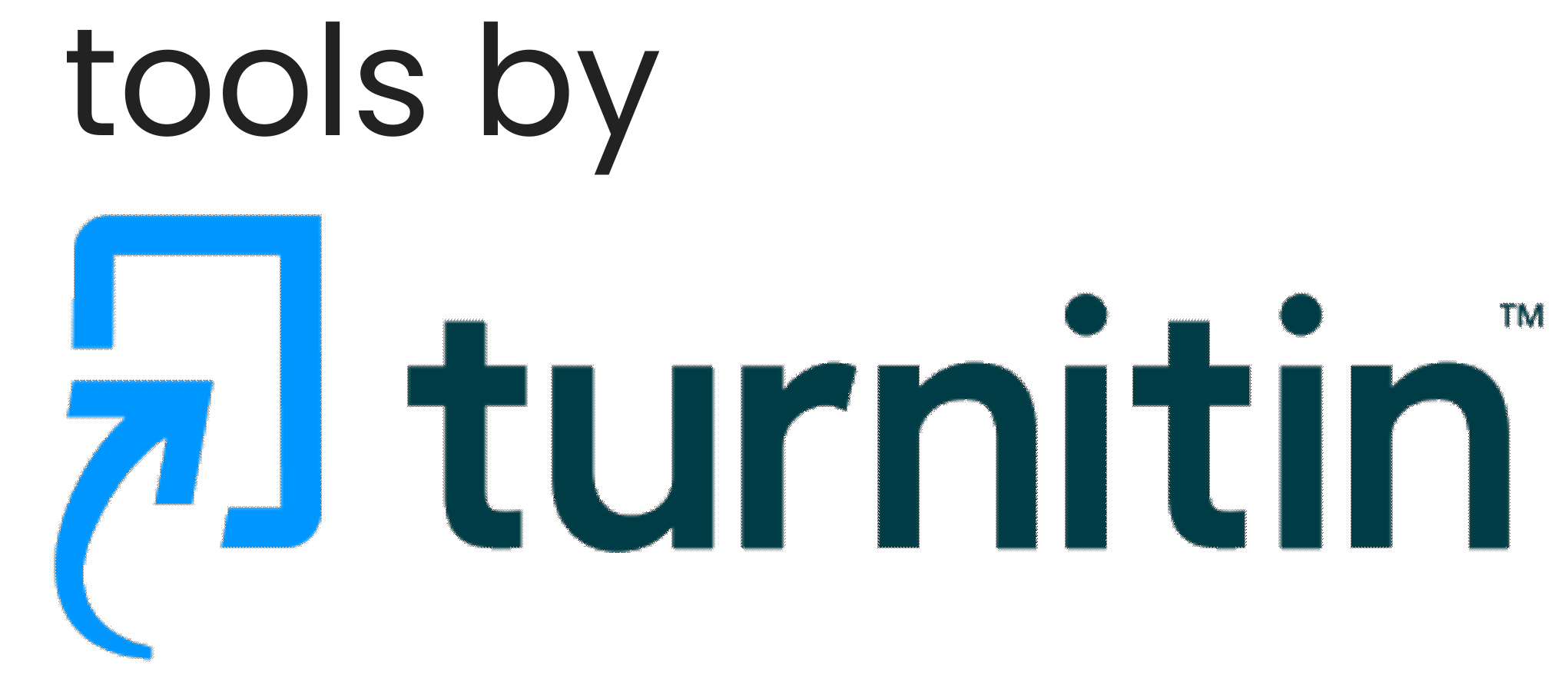Optimal Stock Portfolio Establishment with Active and Passive Strategy Using Price to Book Value and Price Earning to Growth Ratio Approach in IDX30 Index 2013-2018 Period
DOI:
https://doi.org/10.59188/devotion.v4i9.559Keywords:
Optimum Portfolio, PBV , PEGAbstract
The volatility phenomenon of stock returns shows the return and risk faced by investors in investment activities. One method that can be used by investors to get maximum profit while compressing the risk into the minimum level is by diversifying its investments through portfolios. This study aims to determine the simulation results of optimal stock portfolio establishment with active and passive strategy using Price to Book Value and Price Earning to Growth ratio approach and the results of the Sharpe, Treynor, and Jensen performance evaluations on the established portfolio. This research appertains in quantitative research. The object of the research was the IDX30 Index and 17 of 30 companies which consistently classified into the IDX30 Index for the 2013-2018 period were selected as the research sample. The results showed that High PEG consistently provides better than the average returns and risks, whether in passive strategy, annual’s active strategy, or semester’s active strategy. Whereas, High PBV in the passive and annual's active strategy showed a high rate of return above the average, while in the semester active strategy, showed the lowest level of risk. Overall the semester's active strategy has the highest accumulated rate of return with a relatively low rate of risk. This result match with the purpose of optimal portfolio establishment. Moreover, the results of the performance evaluation showed that in the semester's active strategy, High PEG gives the best score based on the results of the performance evaluation of Sharpe, Treynor and Jensen index.
Published
Issue
Section
License
Copyright (c) 2023 Almand Fuad Alimuddin, Riko hendrawan

This work is licensed under a Creative Commons Attribution-ShareAlike 4.0 International License.
Authors who publish with this journal agree to the following terms:
- Authors retain copyright and grant the journal right of first publication with the work simultaneously licensed under a Creative Commons Attribution-ShareAlike 4.0 International. that allows others to share the work with an acknowledgement of the work's authorship and initial publication in this journal.
- Authors are able to enter into separate, additional contractual arrangements for the non-exclusive distribution of the journal's published version of the work (e.g., post it to an institutional repository or publish it in a book), with an acknowledgement of its initial publication in this journal.
- Authors are permitted and encouraged to post their work online (e.g., in institutional repositories or on their website) prior to and during the submission process, as it can lead to productive exchanges, as well as earlier and greater citation of published work.













